Earl Palmer
The session drummer who played for nearly everybody
The session drummer who played for nearly everybody
Earl Palmer
1924–2008
The Week
Escape your echo chamber. Get the facts behind the news, plus analysis from multiple perspectives.

Sign up for The Week's Free Newsletters
From our morning news briefing to a weekly Good News Newsletter, get the best of The Week delivered directly to your inbox.
From our morning news briefing to a weekly Good News Newsletter, get the best of The Week delivered directly to your inbox.
Earl Palmer, who has died at 83, was perhaps the most recorded drummer in history. Though best known for his pioneering sound during the early days of rock ’n’ roll, he backed artists as wide-ranging as Frank Sinatra, the Monkees, Dizzy Gillespie, Elvis Costello, and Bonnie Raitt. Palmer’s work can be heard on thousands of songs, and though he personally favored jazz, he was happy in any genre. “I tried to play every session like it was my favorite,” he said.
Growing up in New Orleans, Palmer loved the marching bands that accompanied the city’s funerals, said the London Times. By the time he was 5, he was tap-dancing on the black vaudeville circuit with his mother, who had carried him around in a milk crate. “I had the advantage of knowing music before I played it,” he said. “Being a dancer gave me an understanding of rhythmic ‘time,’ and you can’t teach that.” He was also an altar boy. “That’s where I learned to drink,” he once explained. “The father turned me on to wine, man.” Only after serving in the Army in World War II did he enroll in music school, eventually getting a job as house drummer at Cosimo Matassa’s studio in the Big Easy. “Musically, the city had always marched to a beat quite different from anywhere else in America, and at Matassa’s, Palmer contributed to an entirely new sound that fused jazz, blues, and R&B.”
Soon, Palmer was deploying his “distinctive backbeat” for some of rock ’n’ roll’s pioneers, said the Los Angeles Times. “He set the rhythm for Fats Domino’s ‘I’m Walkin’,’” for Ritchie Valens’ “La Bamba,” and for Smiley Lewis’ “I Hear You Knockin’.” His most energetic work was done with the campy, flamboyant Little Richard, for whom he pounded out “Tutti Frutti,” “Long Tall Sally,” “Lucille,” and “Good Golly Miss Molly.” One admirer said Palmer’s performance on “All Around the World” sounded like “Little Richard backed by a tribe of Burundi drummers.” Palmer took it all in stride. “What was rock ’n’ roll to me?” he once asked. “I was not interested in Little Richard or Fats Domino.”
In 1957 Palmer moved to Los Angeles, reportedly after getting into trouble for dating a white woman, said the London Telegraph. He backed Sam Cooke on “You Send Me” and the Righteous Brothers on “You’ve Lost That Lovin’ Feeling”; he also worked with Doris Day, the Beach Boys, Neil Young, Randy Newman, and Barbra Streisand. He contributed to 80 movie soundtracks, including Judgment at Nuremberg and In the Heat of the Night; among the TV themes on which he played were Batman, Mission: Impossible, and The Odd Couple. “At one stage Palmer was making an album a day and earning $100,000 a year. But by the early 1970s work was harder to come by.” Bands began relying on fewer session musicians, and Palmer’s “life and finances crumbled when his second wife died from breast cancer.”
A free daily email with the biggest news stories of the day – and the best features from TheWeek.com
In his later years, Palmer returned to the small-club music scene with his own jazz trio. When he was admitted to the Rock and Roll Hall of Fame, in 2000, his citation commended his “solid stick work and feverish backbeat.” Palmer is survived by his fourth wife and seven children.
-
 Joanna Trollope: novelist who had a No. 1 bestseller with The Rector’s Wife
Joanna Trollope: novelist who had a No. 1 bestseller with The Rector’s WifeIn the Spotlight Trollope found fame with intelligent novels about the dramas and dilemmas of modern women
-
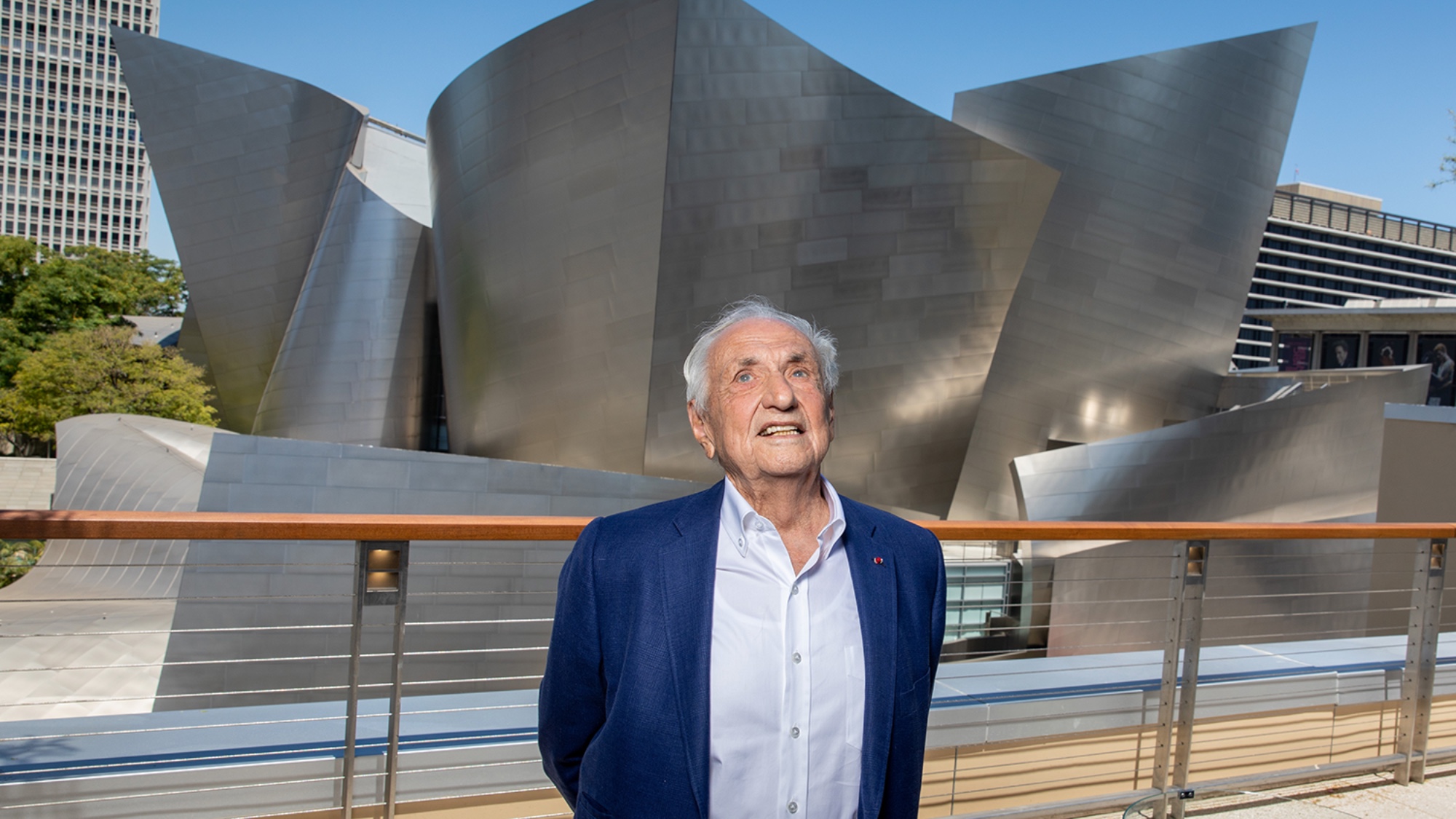 Frank Gehry: the architect who made buildings flow like water
Frank Gehry: the architect who made buildings flow like waterFeature The revered building master died at the age of 96
-
 R&B singer D’Angelo
R&B singer D’AngeloFeature A reclusive visionary who transformed the genre
-
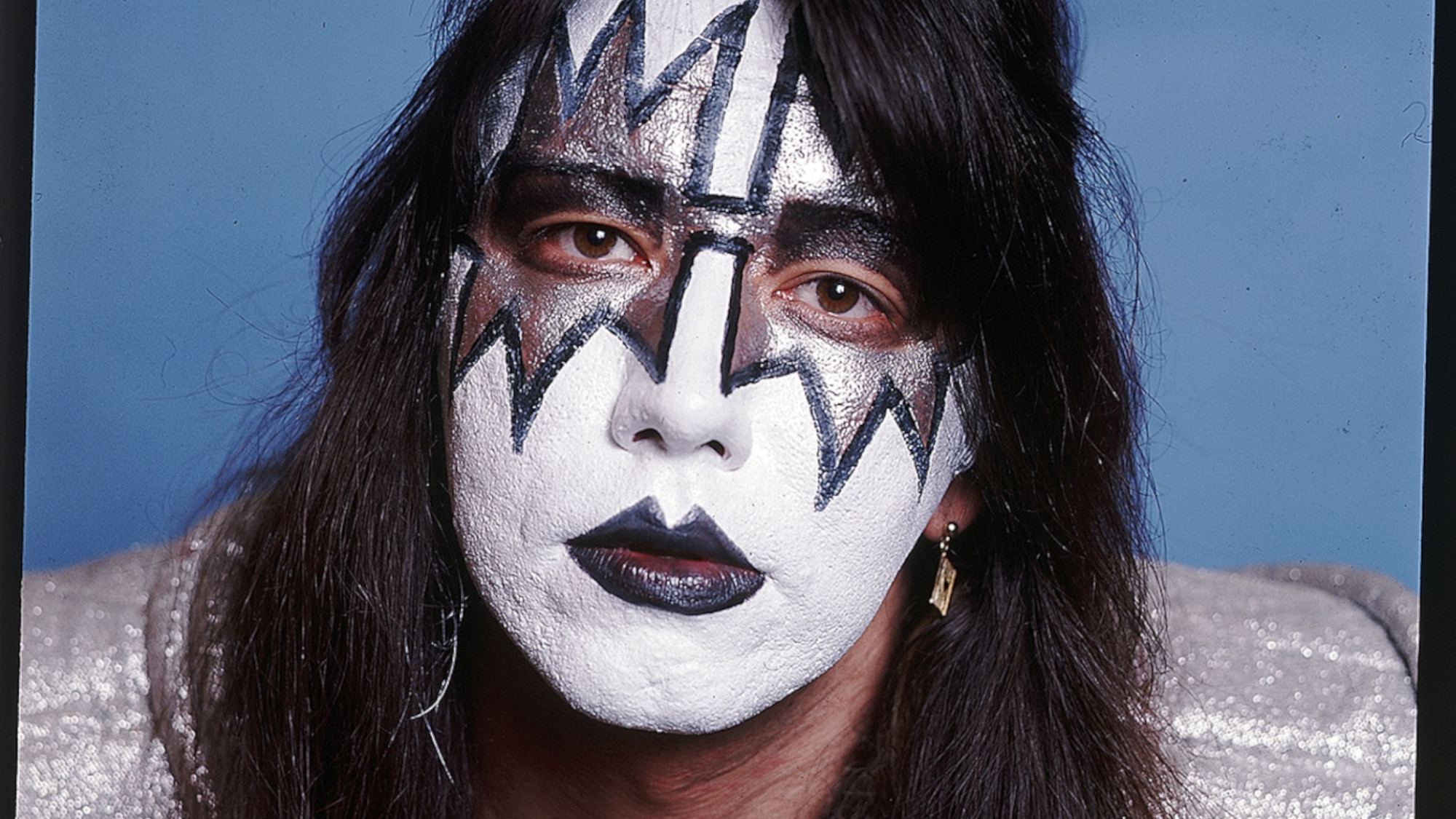 Kiss guitarist Ace Frehley
Kiss guitarist Ace FrehleyFeature The rocker who shot fireworks from his guitar
-
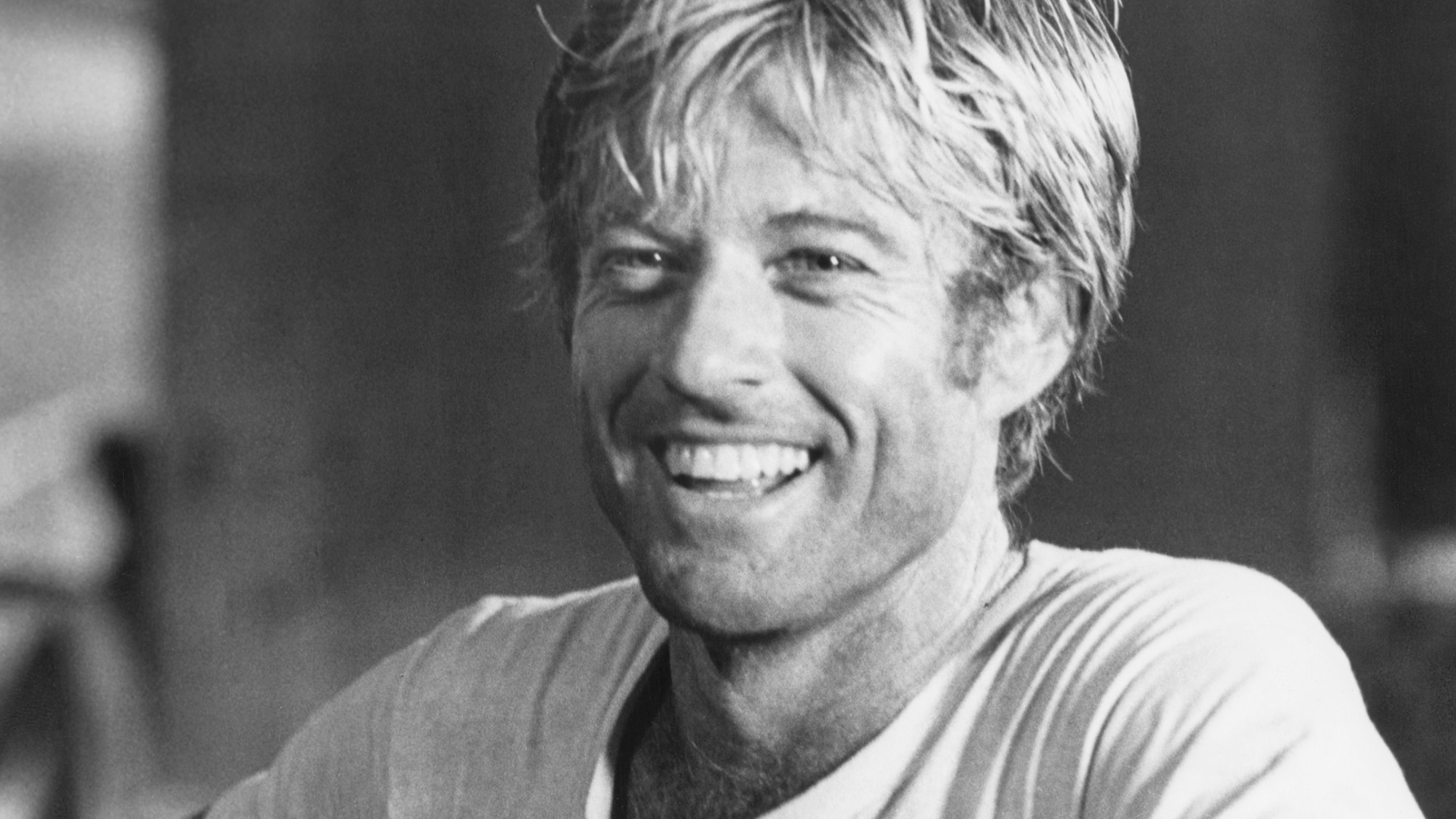 Robert Redford: the Hollywood icon who founded the Sundance Film Festival
Robert Redford: the Hollywood icon who founded the Sundance Film FestivalFeature Redford’s most lasting influence may have been as the man who ‘invigorated American independent cinema’ through Sundance
-
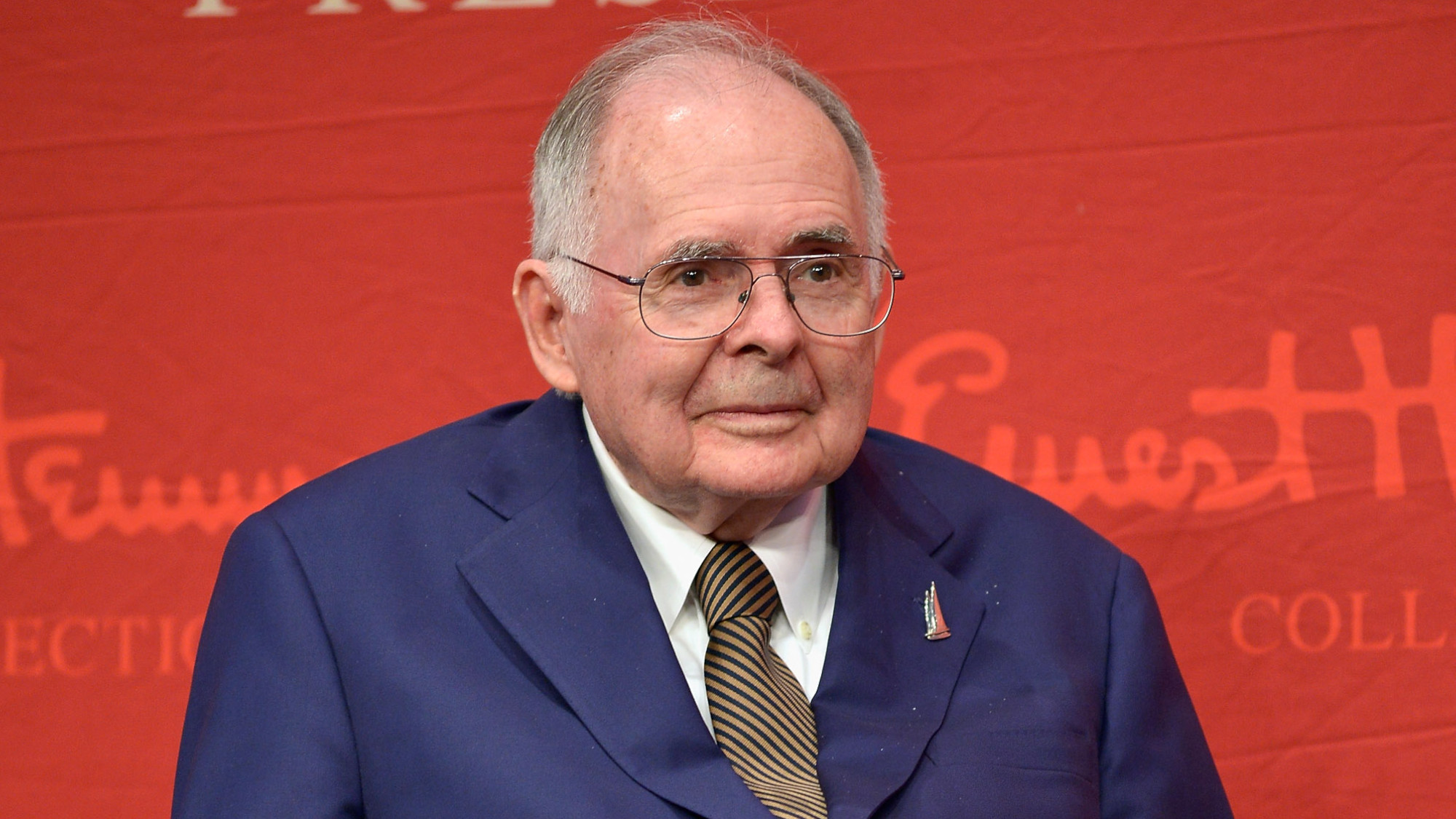 Patrick Hemingway: The Hemingway son who tended to his father’s legacy
Patrick Hemingway: The Hemingway son who tended to his father’s legacyFeature He was comfortable in the shadow of his famous father, Ernest Hemingway
-
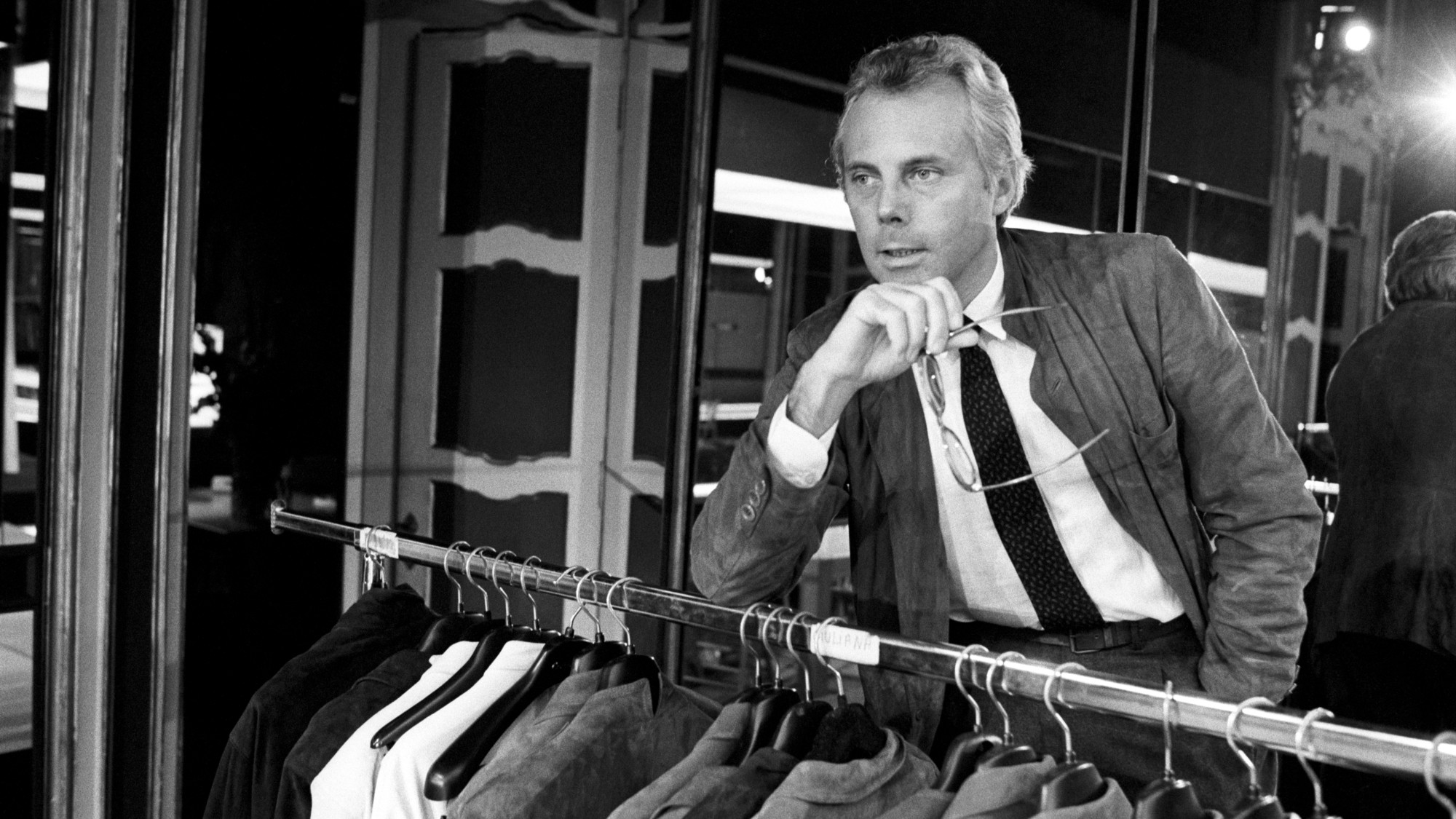 Giorgio Armani obituary: designer revolutionised the business of fashion
Giorgio Armani obituary: designer revolutionised the business of fashionIn the Spotlight ‘King Giorgio’ came from humble beginnings to become a titan of the fashion industry and redefine 20th-century clothing
-
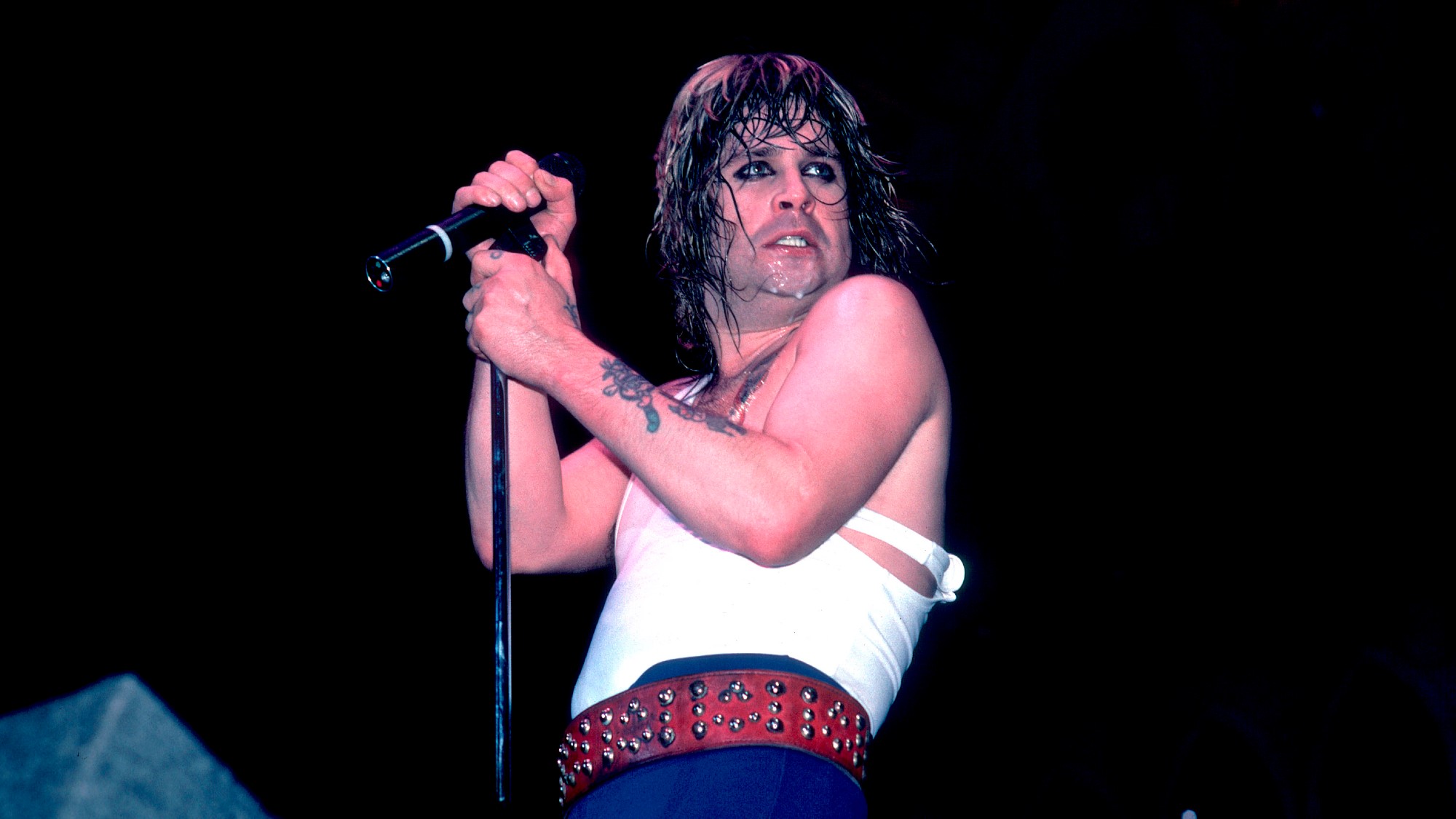 Ozzy Osbourne obituary: heavy metal wildman and lovable reality TV dad
Ozzy Osbourne obituary: heavy metal wildman and lovable reality TV dadIn the Spotlight For Osbourne, metal was 'not the music of hell but rather the music of Earth, not a fantasy but a survival guide'


